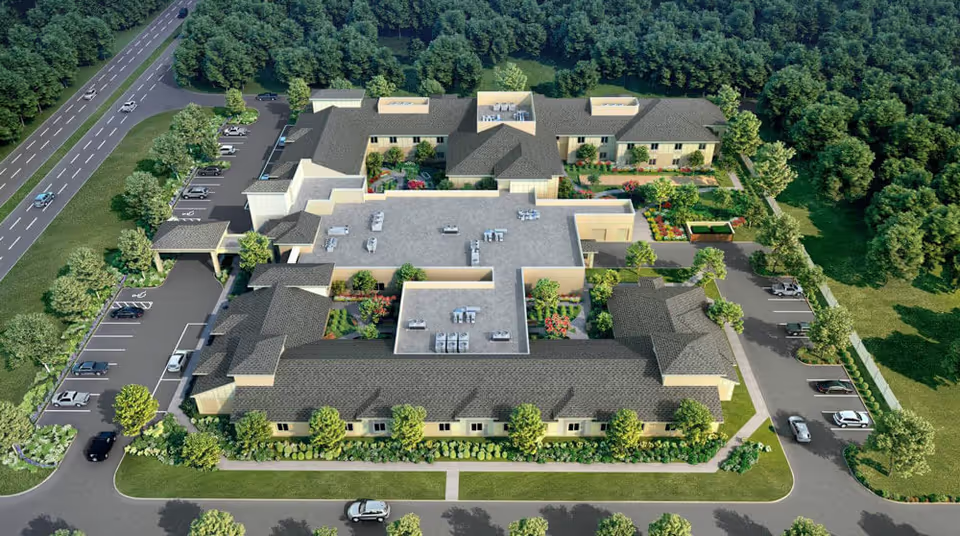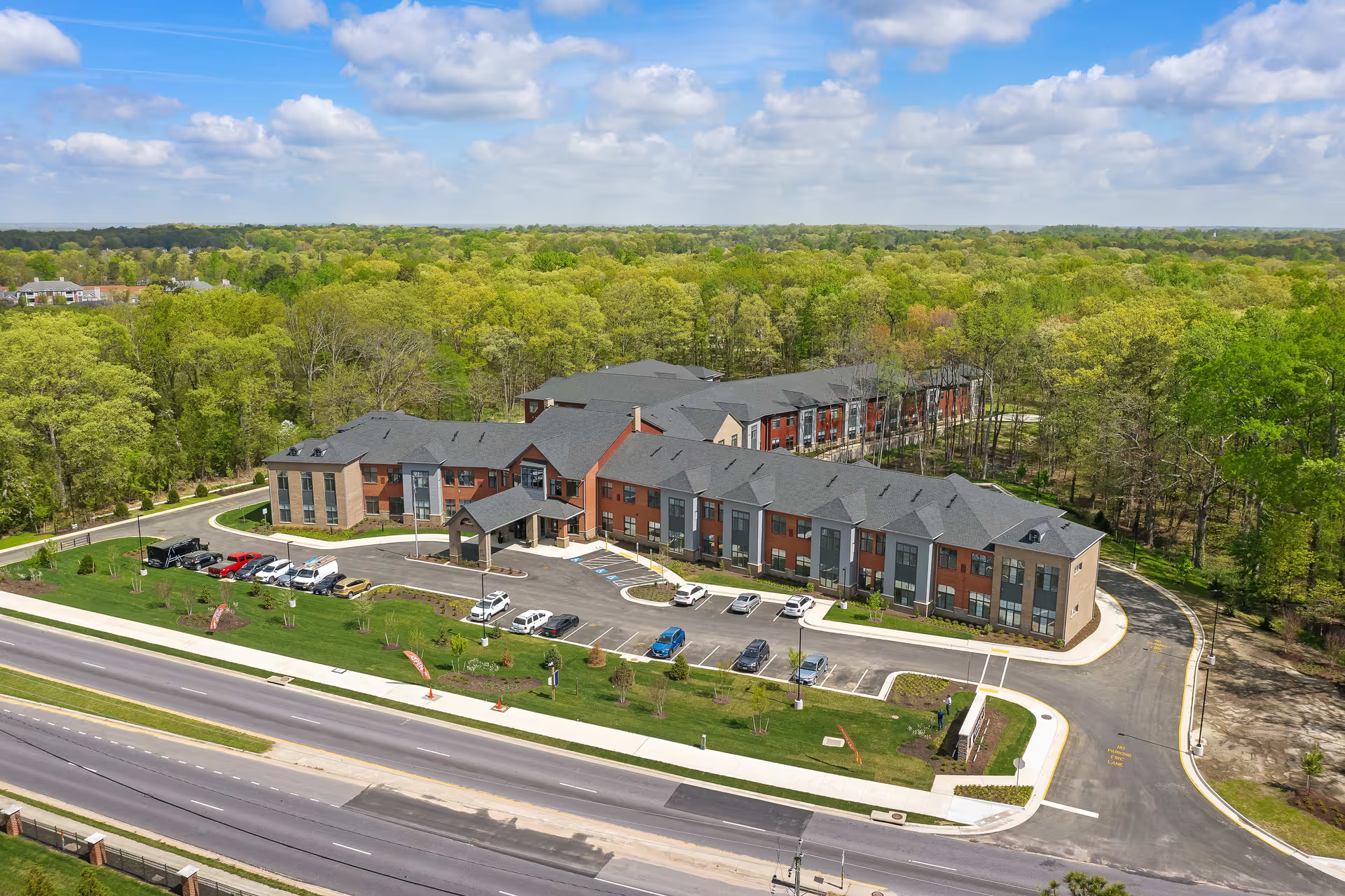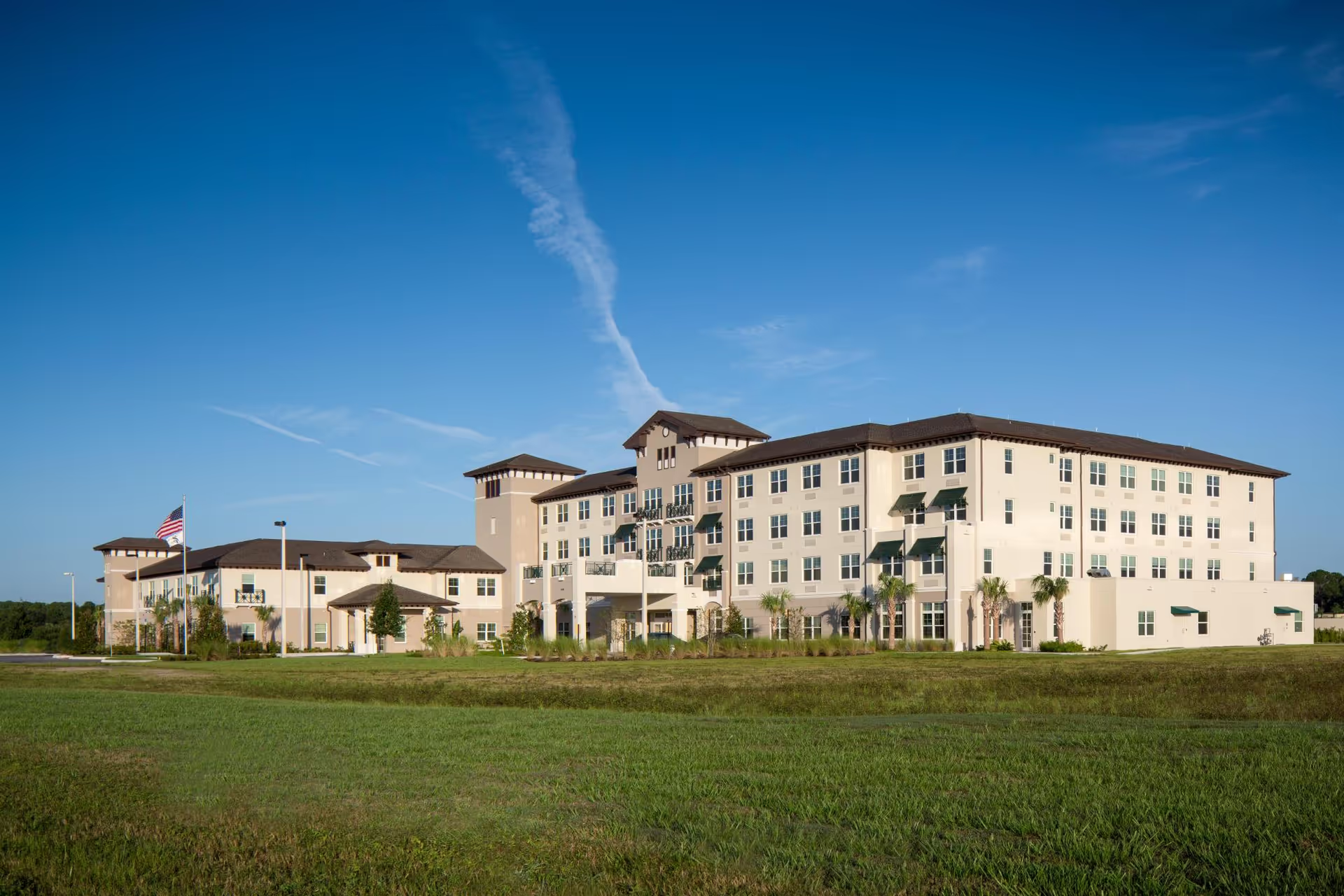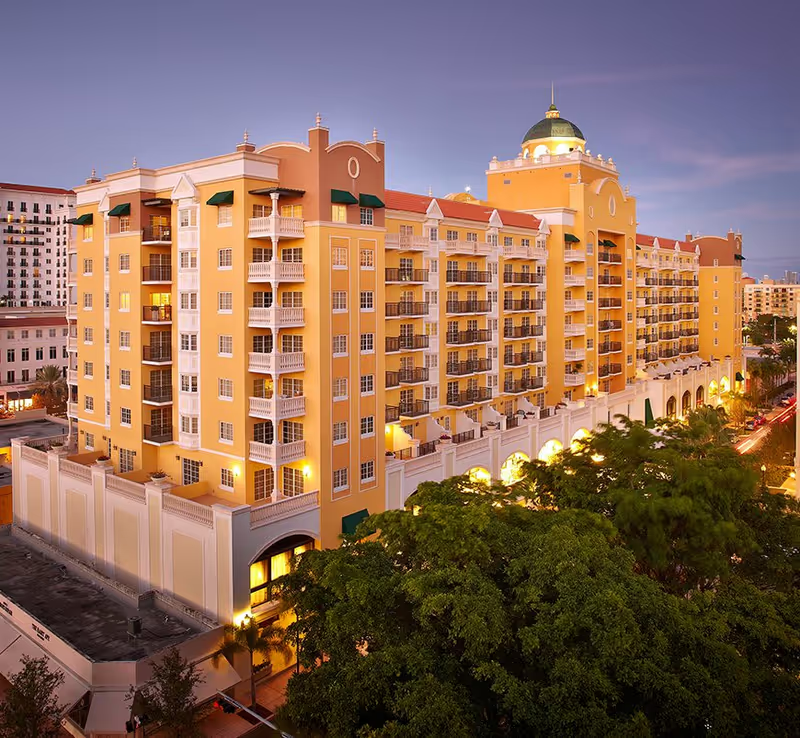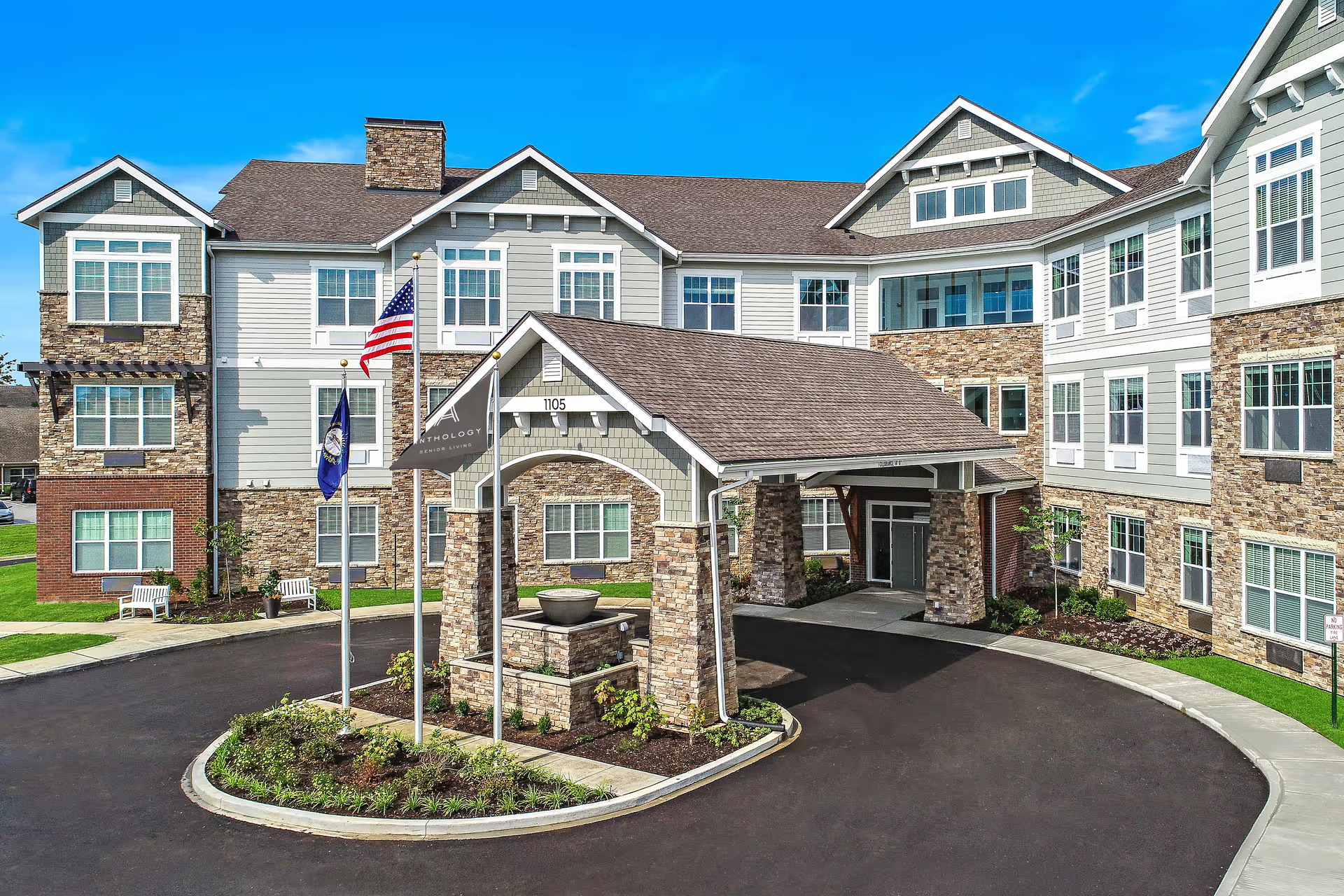Carter May Home, once serving seniors in Charleston, SC, offered semi-private living quarters, one-bedroom units, and functional small studios for residents, and you could see people enjoying options designed for both independence and daily support from staff, knowing there was always someone nearby if you needed help getting dressed, bathing, or taking medicine, and the staff would even help with bathroom reminders or escorting you safely through the building if needed, and you'd find programs for dementia, Alzheimer's, Parkinson's, or non-ambulatory residents, which meant people living here could have a sense of security since someone was always available. Meals got served three times a day with snacks always around, and the kitchen would prepare special menus for those with allergies or diabetes or needing a certain type of diet, and you could get help with dining when needed, or even eat privately if you liked, with a staff dietitian there to make sure meals were healthy and fit your needs, and people liked the effort made toward nutritious eating, because that was something many noticed during their stay.
The building kept residents safe with 24/7 security and a comprehensive emergency call system in every room, which gave families some peace of mind, and the grounds had walking paths, a garden, and sometimes you'd find residents tending their plants or chatting in the cafe, and you'd also see a small chapel, though that's now closed and the sacred items have been removed, after the Diocese of Charleston shut down the home in May 2024, making plans to possibly sell the property and chapel edifice, and the chapel was officially relegated so it won't serve for worship ceremonies anymore. Residents had access to activities like movies in the theater, craft classes, field trips, gardening, and clubs, and you could take in books from the library, join games, engage in arts, or even get a haircut at the barber and salon, plus pets were allowed-so people's companions could stay close to them, and transportation was scheduled for outings and appointments, which really helped those who couldn't drive.
The facility had about 25 beds and usually housed around 20 residents, which kept things small, and recognition for personal attention stood out, whether it was the visiting doctor talking to families, the Catholic sisters following doctors' instructions for detailed care, or Fox Rehab therapists encouraging mobility and sharing progress with everyone, and all the personal care you'd expect-laundry, housekeeping, medication reminders-was built into the daily routine. Living here meant being part of a program that mixed structure and choice, where activity and engagement often came from both staff-led and resident-run programs, and family involvement stayed important with things like monthly family nights. The director set a caring tone, and the staff aimed for comfort and support rather than flash, valuing each resident's health and social life, especially since costs tried to stay affordable and the environment stayed furnished, clean, and supportive.
Residents could have telephones in their rooms, enjoy HD TVs, and relax in furnished common areas, and the days carried a regular pace with bath help, linen services, services, gardening, meal prep, and movie nights filling time, and even though Carter May Home has now closed and moved out its residents and employees, what people mainly remember are the dedicated staff, the supportive environment, the focus on health and affordability, and the sense of belonging in a facility that had room for both privacy and community, blending social, spiritual, and health services with the comforts you expect at home.


